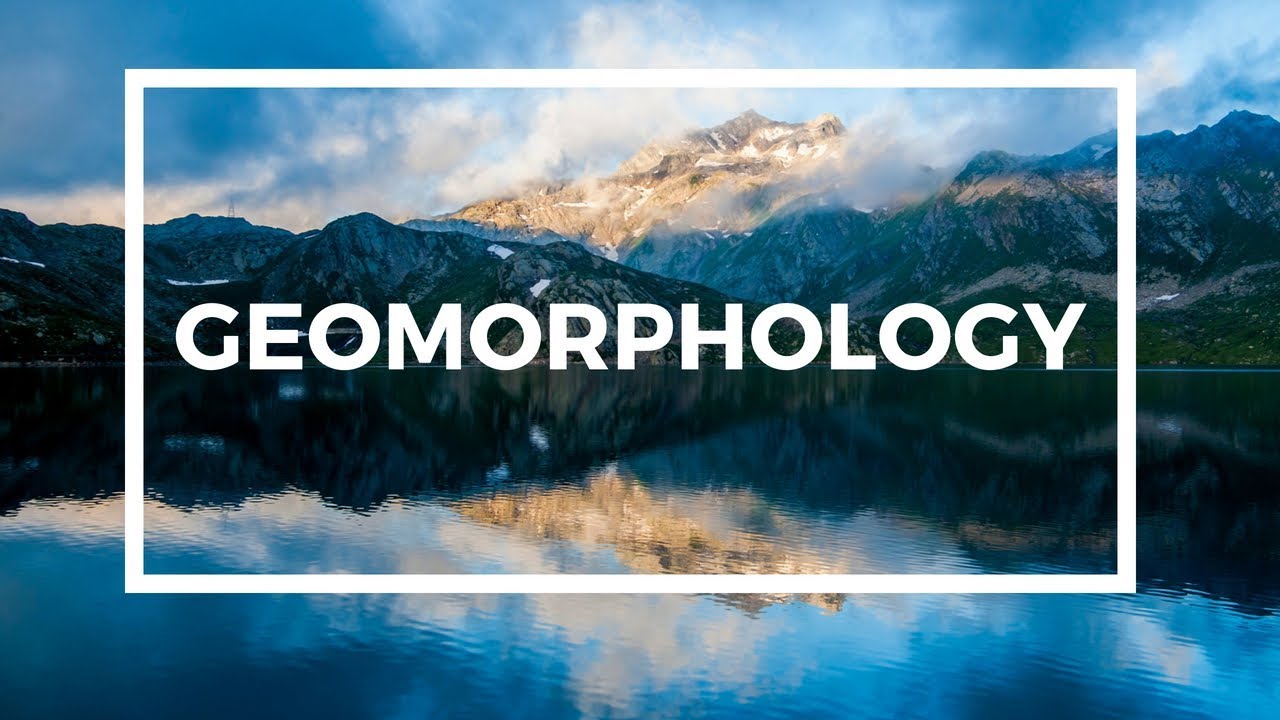Geomorphology – Geography Notes – For W.B.C.S. Examination.
Geography as a subject assumes a significant part in all competitive examination.It has a prominent role in Prelims and General studies Papers. It is an interesting subject. If aspirants are profound of this subject, no doubt you can choose this as your optional subject for W.B.C.S. mains Exam. It is an endless subject which deals with the spatial association between individuals, places, and the earth and it broadly covers all sphere. This is very easy and scoring optional if approached rightly. Many candidates has cracked W.B.C.S. examination by opting geography as their optional subjects.Much geomorphologic research has been devoted to the origin of landforms. Such studies focus on the forces that mold and alter the primary relief elements of the terrestrial surface. These forces include tectonic activity and surficial earth movements (e.g., landslides and rockfalls).Continue Reading Geomorphology – Geography Notes – For W.B.C.S. Examination.
They also involve weathering and the erosion and deposition of the resulting rock debris by wind, glacial ice, and streams. In recent years, increasing attention has been given to the effects of human action on the physical environment as well.
Many systems of classifying landforms have been devised since the late 19th century. Some systems describe and group topographic features primarily according to the processes that shaped or modified them. Others take additional factors into consideration (e.g., character of the surface rocks and climatic variations) and include the developmental stage of landforms as an aspect of their evolution over geologic time.
Geomorphology is closely allied with a number of other scientific disciplines that are concerned with natural processes. Fluvial and coastal geomorphology rely heavily on fluid mechanics and sedimentology; studies of mass movement, weathering, wind action, and soils draw on the atmospheric sciences, soil physics, soil chemistry, and soil mechanics; research on certain landform types entails the principles and methods of geophysics and volcanology; and the study of human impact upon landforms relies on the disciplines of geography and human ecology.
Geomorphology is the study of landforms, their processes, form and sediments at the surface of the Earth (and sometimes on other planets). Study includes looking at landscapes to work out how the earth surface processes, such as air, water and ice, can mould the landscape. Landforms are produced by erosion or deposition, as rock and sediment is worn away by these earth-surface processes and transported and deposited to different localities. The different climatic environments produce different suites of landforms. The landforms of deserts, such as sand dunes and ergs, are a world apart from the glacial and periglacial features found in polar and sub-polar regions. Geomorphologists map the distribution of these landforms so as to understand better their occurrence.Also Read , Hindu Mahasabha – History Notes – For W.B.C.S. Examination.
Earth-surface processes are forming landforms today, changing the landscape, albeit often very slowly. Most geomorphic processes operate at a slow rate, but sometimes a large event, such as a landslide or flood, occurs causing rapid change to the environment, and sometimes threatening humans. So geological hazards, such as volcanic eruptions, earthquakes, tsunamis and landslides, fall within the interests of geomorphologists. Advancements in remote sensing from satellites and GIS mapping has benefited geomorphologists greatly over the past few decades, allowing them to understand global distributions.
Geomorphologists are also “landscape-detectives” working out the history of a landscape. Most environments, such as Britain and Ireland, have in the past been glaciated on numerous occasions, tens and hundreds of thousands of years ago. These glaciations have left their mark on the landscape, such as the steep-sided valleys in the Lake District and the drumlin fields of central Ireland. Geomorphologists can piece together the history of such places by studying the remaining landforms and the sediments – often the particles and the organic material, such as pollen, beetles, diatoms and macrofossils preserved in lake sediments and peat, can provide evidence on past climate change and processes.
So geomorphology is a diverse discipline. Although the basic geomorphological principles can be applied to all environments, geomorphologists tend to specialise in one or two areas, such aeolian (desert) geomorphology, glacial and periglacial geomorphology, volcanic and tectonic geomorphology, and even planetary geomorphology. Most research is multi-disciplinary, combining the knowledge and perspectives from two contrasting disciplines, combining with subjects as diverse as ecology, geology, civil engineering, hydrology and soil science.
Please subscribe here to get all future updates on this post/page/category/website


 +919674493673
+919674493673  mailus@wbcsmadeeasy.in
mailus@wbcsmadeeasy.in







































































































